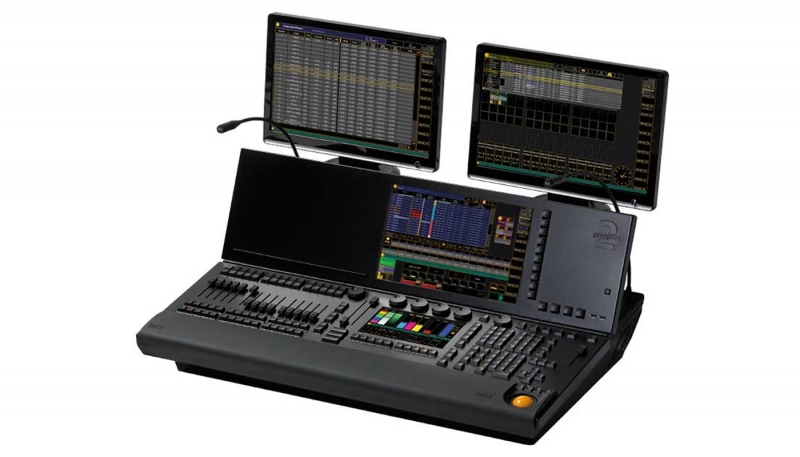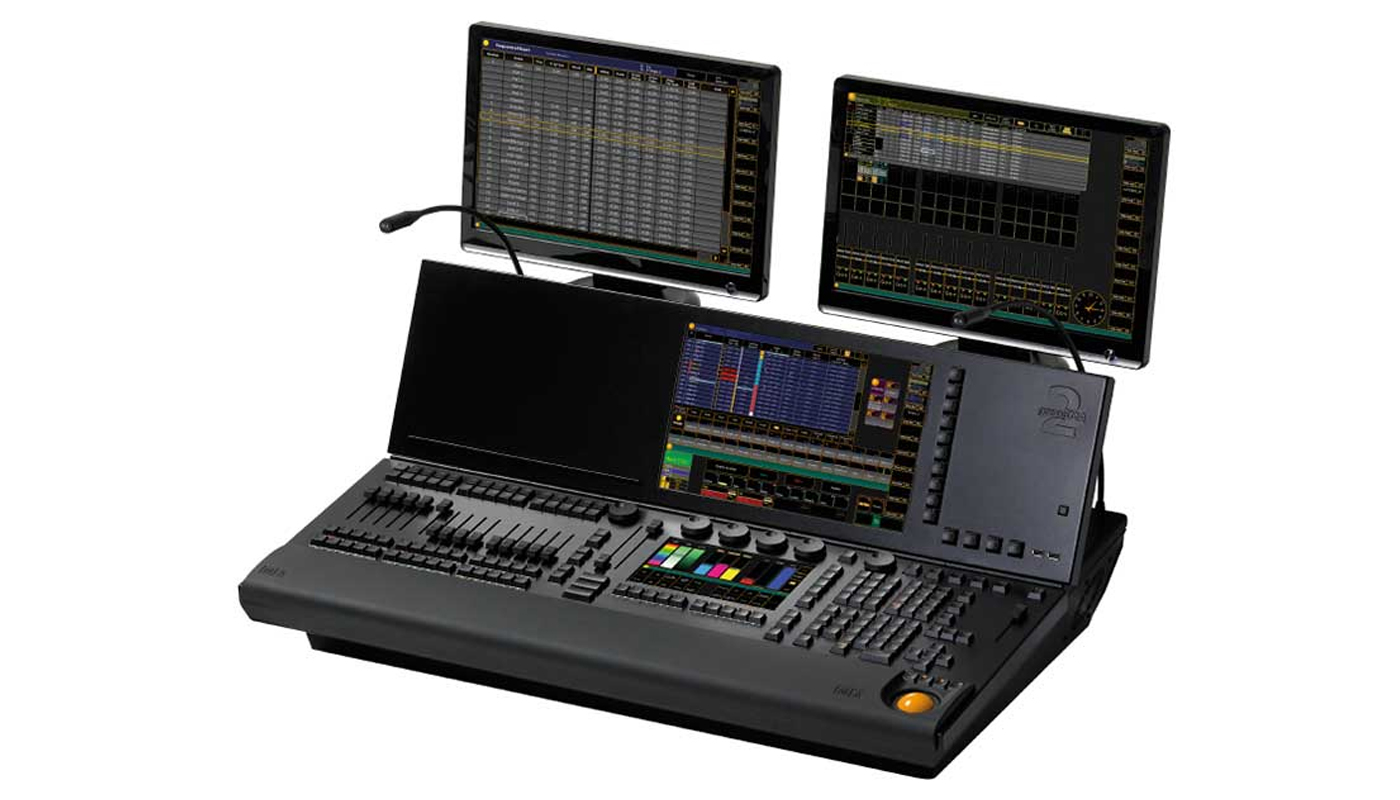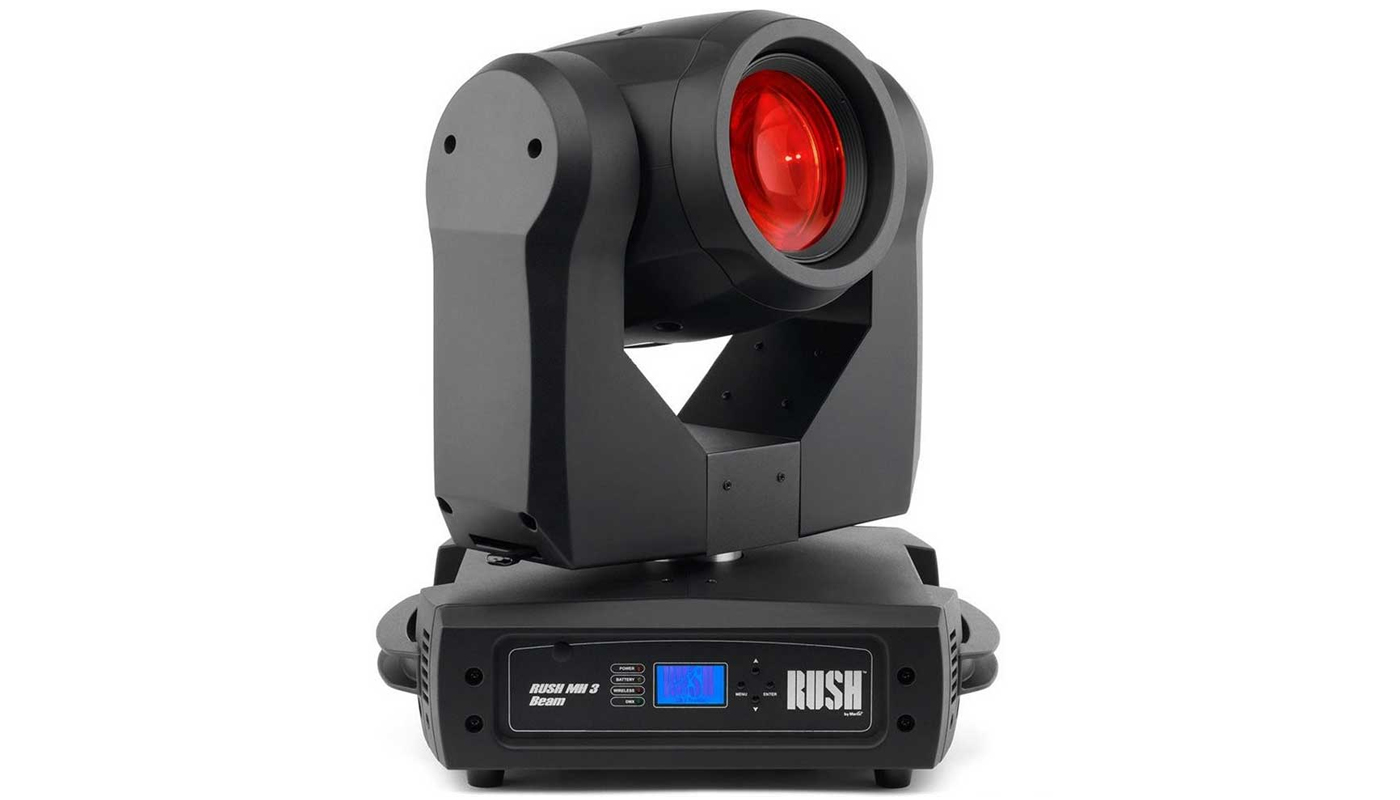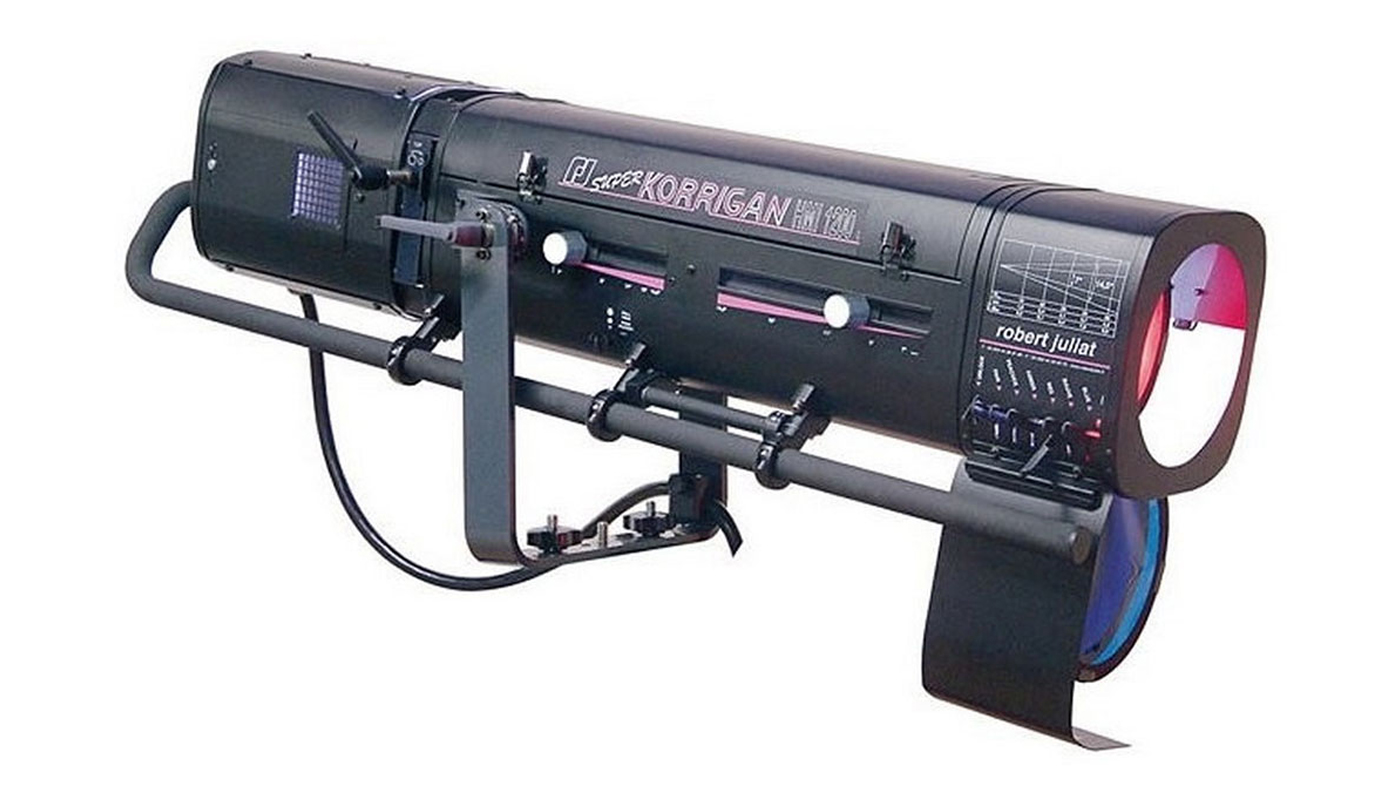Stage Light Types-Usedful

 |
|
When it comes to putting on a show, lighting can make all the difference. Not only does it help set the mood and tone of the performance, but it can also enhance the audience's experience and draw them further into the world being created on stage. But with so many different types of stage lights available, how do you know which ones to choose? In this article, we'll explore the pros and cons of various stage light types, from traditional incandescent bulbs to modern LED fixtures. We'll discuss the different effects each type of light can create, as well as their energy efficiency and maintenance requirements. Whether you're a seasoned lighting designer or just starting out, learning about the different types of stage lights available can help you make more informed decisions and create truly memorable performances. So, let's dive in and brighten up your show!
The Role of Stage Lighting in a ShowBefore we dive into the different types of stage lights available, let's take a moment to consider the role of stage lighting in a show. Lighting is an essential element of any production, helping to create the mood and atmosphere of the performance. It can be used to highlight specific areas of the stage, draw attention to key moments in the show, and even create illusions to enhance the performance. The right lighting can help to bring the audience into the world of the performance, creating an immersive experience that feels more like a journey than a simple viewing. Lighting can also be used to create contrast and texture, adding depth and complexity to the performance. When used effectively, lighting can be just as important as the actors themselves in creating a truly memorable show. Types of Stage LightingThere are several different types of stage lighting available, each with its own unique advantages and disadvantages. Let's take a look at some of the most commonly used types of stage lighting: LED LightsLED lights are a relatively new type of stage lighting that have become increasingly popular in recent years. One of the biggest advantages of LED lights is their energy efficiency. LED lights use significantly less energy than other types of stage lighting, making them a more cost-effective option in the long run. Another advantage of LED lights is their versatility. They can be used to create a wide range of different effects, from bright and colorful lighting to subtle and atmospheric lighting. LED lights are also more durable than other types of lighting, with a longer lifespan and lower maintenance requirements. However, there are some downsides to using LED lights. One of the most significant is the initial cost. LED lights can be more expensive than other types of lighting, and the upfront investment may be a barrier for smaller productions or those on a tight budget. Additionally, some people find that LED lights produce a colder, harsher light that is less flattering to performers. Incandescent LightsIncandescent lights are one of the oldest and most traditional types of stage lighting. They use a filament that is heated until it produces light, creating a warm and natural-looking glow. Incandescent lights are also relatively inexpensive compared to other types of lighting, making them a popular choice for smaller productions. One of the main advantages of incandescent lights is their color rendering ability. They are able to produce a wide range of colors that are true to life, making them an ideal choice for productions that require natural-looking lighting. Incandescent lights are also very versatile and can be used to create a variety of different effects. However, there are some downsides to incandescent lights. They are not as energy-efficient as other types of lighting, which can lead to higher energy bills and a larger carbon footprint. They also have a shorter lifespan than other types of lighting, meaning they will need to be replaced more frequently. Fluorescent LightsFluorescent lights use a gas-filled tube to produce light. They are known for their energy efficiency, producing more light per watt than incandescent lights. Fluorescent lights also have a longer lifespan than incandescent lights, making them a more sustainable option. One of the main advantages of fluorescent lights is their even distribution of light. They produce a soft, diffuse light that is ideal for creating an overall glow on stage. Fluorescent lights are also relatively inexpensive, making them a good choice for smaller productions. However, there are some downsides to fluorescent lights. They are not as versatile as other types of lighting and are better suited to creating an overall wash of light rather than specific effects. They can also produce a cooler, bluish light that is less flattering to performers. Laser LightsLaser lights are a more recent addition to the world of stage lighting. They use lasers to produce beams of light that can create a wide range of effects. Laser lights are particularly effective at creating dynamic and exciting lighting displays, making them a popular choice for concerts and other live events. One of the main advantages of laser lights is their versatility. They can be used to create a wide range of different effects, from subtle atmospheric lighting to dramatic and dynamic displays. Laser lights are also very energy-efficient, making them a good choice for productions that require a lot of lighting. However, there are some downsides to laser lights. They can be expensive, particularly if you require a large number of fixtures. They can also be more difficult to control than other types of lighting, requiring more specialized equipment and expertise. |
 |
Factors to Consider When Choosing Stage LightsWhen choosing stage lights, there are several factors to consider. The type of production you are putting on, the size of the venue, and your budget will all play a role in determining which type of lighting is best for your needs. Here are some of the key factors to consider: Energy EfficiencyEnergy efficiency is an important consideration when choosing stage lights. Not only will energy-efficient lighting help to reduce your carbon footprint, but it can also save you money on energy bills in the long run. LED lights are the most energy-efficient option, followed by fluorescent lights. VersatilityThe versatility of the lighting is another important consideration. Do you need lighting that can create a wide range of effects or are you looking for something more specific? LED lights and laser lights are the most versatile options. Maintenance RequirementsDifferent types of lighting will have different maintenance requirements. LED lights and fluorescent lights require less maintenance than incandescent lights, which will need to be replaced more frequently. CostFinally, cost is an important consideration. LED lights are the most expensive upfront, but their energy efficiency and durability can make them a more cost-effective option in the long run. Incandescent lights are the least expensive upfront but will require more frequent replacement. |
 |
Tips for Using Stage Lights EffectivelyOnce you've chosen your stage lights, it's important to use them effectively to create the desired effect. Here are some tips to help you get the most out of your lighting: Plan AheadMake sure you have a clear plan for how you will be using the lighting before the show. This will help you to create a cohesive and effective lighting design that enhances the performance. Use Color EffectivelyColor can be an incredibly powerful tool when it comes to stage lighting. Use it to create mood and atmosphere, draw attention to specific areas of the stage, and add depth and texture to the performance. Don't Overdo ItWhile lighting can be incredibly effective, it's important not to overdo it. Too much lighting can be overwhelming and distracting, detracting from the performance rather than enhancing it. ExperimentDon't be afraid to experiment with different lighting techniques and effects. This can help you to create a truly unique and memorable performance that stands out from the crowd. In conclusion, choosing the right stage lighting is an essential part of creating a successful and memorable performance. By understanding the pros and cons of different types of lighting and considering key factors like energy efficiency and versatility, you can make more informed decisions and create truly stunning lighting designs. Whether you're a seasoned lighting designer or just starting out, the tips and techniques outlined in this article can help you to create lighting that enhances the performance and draws the audience into the world being created on stage. So, go forth and brighten up your show! |
